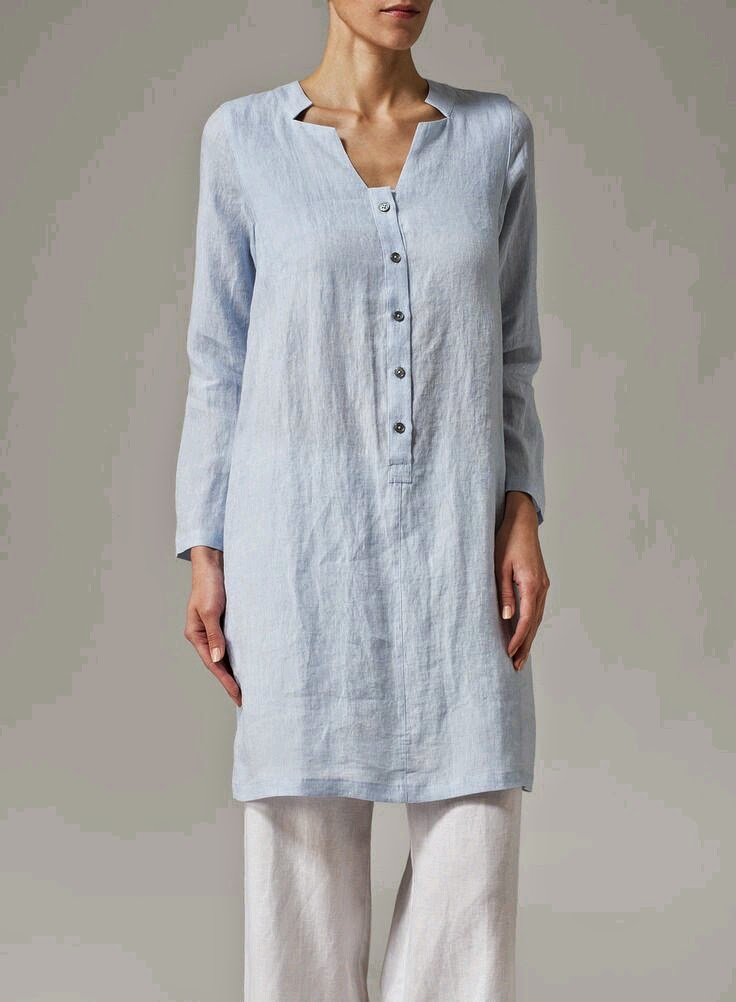http://mykeyaredorchidsthings.tumblr.com/post/94508046938/what-makes-assams-muga-silk-as-expensive-a
Monday, 30 March 2015
http://mykeyaredorchidsthings.tumblr.com/post/94508046938/what-makes-assams-muga-silk-as-expensive-a: www.redorchids.co.in ...
http://mykeyaredorchidsthings.tumblr.com/post/94508046938/what-makes-assams-muga-silk-as-expensive-a: www.redorchids.co.in ...: www.redorchids.co.in Jute Cotton ~ Summer Dress: BY ~www.redorchid...
Jute Cotton ~ Summer Dress: BY ~www.redorchids.co.in JUTE: The 2nd Most Popular Natural Fiber in the World. (GREEN BUSINESS CONSIDERATIONS, GREEN ECO FASHION, JUTE, NEW FABRICS, ORGANIC FIBERS) What is Jute? Jute is a long, shiny vegetable fiber that can be spun into coarse, strong threads. Jute is comprised mostly of cellulose plant material AND lignin (a wood derivative). It is thus a ligno-cellulosic fiber –partially a textile fiber and partially wood (see Wikipedia for more). The fibers are off-white to brown, and 1–4 meters (3–12 feet) long. Bangladesh is the world’s largest exporter of jute. Jute is grown in the same land-water area as rice and is a very difficult crop to grow and harvest. Other important jute export country include India. USES FOR JUTE JUTE has seemingly limitless uses. Core uses: twine and rope, sackings, carpets, wrapping fabrics (cotton bale), and the construction fabric manufacturing industry. It can be used in curtains, chair coverings, carpets, area rugs, hessian cloth, and backing for linoleum. Other uses include espadrilles, floor coverings, home textiles, high performance textiles, Geo textiles, and composites. While jute is being replaced by synthetic materials in many of these uses, jute is still valuable due to its biodegradable nature. Synthetics are not suitable in some cases. For example certain planting containers for young trees planted directly without disturbing the roots, and land restoration cloth to prevent erosion while natural vegetation grows are two good uses. Twine and Rope. A very popular use: jute fibers are used alone or blended with other types of fibers to make twine and rope. Paper. Jute fibers can be turned into pulp and paper and with increasing concern over forest destruction for the wood pulp used to make most paper, the importance of jute for this purpose may increase. Textile machineries such as textile fibers having cellulose (vegetable fiber content) and lignin (wood fiber content). Just is applied in the automobile, pulp and paper, and the furniture and bedding industries to manufacture non-wovens, technical textiles, and composites. Home textiles. Jute has many advantages in home textiles, either replacing cotton or blending with it. It is a strong, durable, color and light-fast fiber. Its UV protection, sound and heat insulation, low thermal conduction and anti-static properties are advantageous. Jute fibers are also carbon-dioxide neutral, naturally decomposable and can be used in high performance technical materials. Fabrics. Jute can be used for Hessian cloth, sacking, scrim, carpet backing cloth (CBC), canvas and even blended to make silk. Hessian, lighter than sacking, is used for bags, wrappers, wall-coverings, upholstery, and home furnishings. Sacking, a fabric made of heavy jute fibers, has its use in the name. CBC made of jute comes in two types. Jute packaging is used as an eco-friendly substitute. Floor coverings consist of woven, tufted and piled carpets. Jute non-wovens and composites can be used for underlay, linoleum substrate, and more. Geotextiles made jute more popular in the agricultural sector. It is a lightly woven fabric made from natural fibers that is used for soil erosion control, seed protection, weed control, and many other agricultural and landscaping uses. Food Jute leaves are consumed in various parts of the world. It is a popular vegetable in West Africa. It is made into a common mucilaginous (somewhat “slimy”) soup or sauce in some West African cooking traditions. JUTE PRODUCTION Jute can be grown in 4–6 months with a huge amount of cellulose being produced from the jute hurd that can meet most of the wood needs of the world. Jute is the major crop among others that is able to protect deforestation. Jute is one of the most environmentally-friendly fibers. The expired fibers can be recycled more than once.
By
Keya Dutta
www.redorchids.co.in
Subscribe to:
Posts (Atom)








